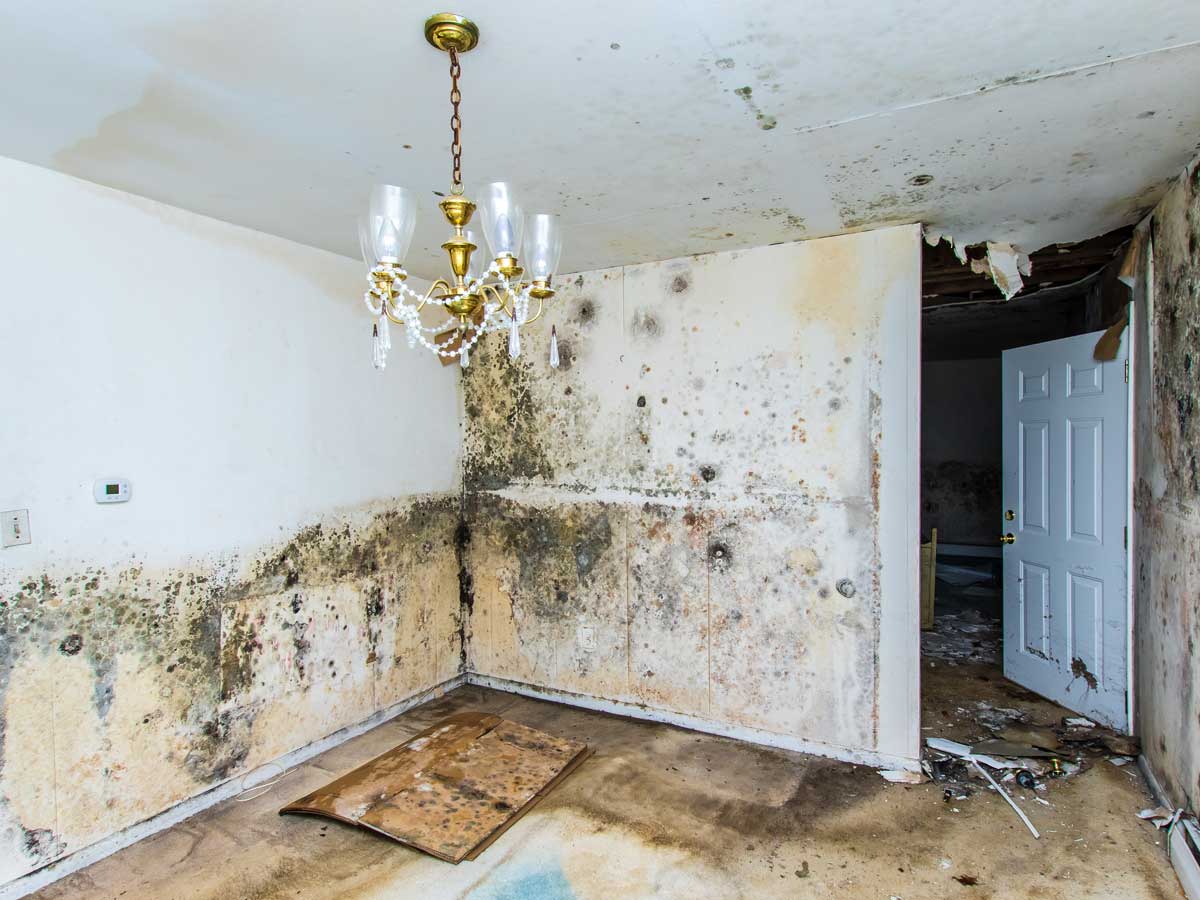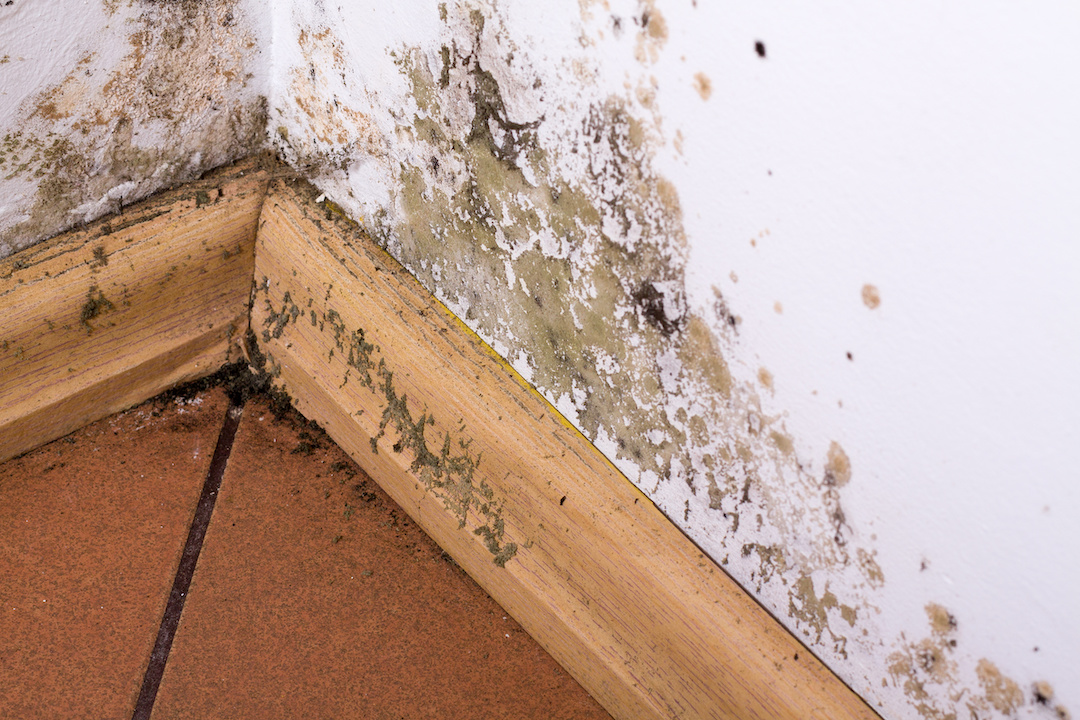Immediate Water Extraction Services to Prevent Structural Damage
Wiki Article
The Refine of Water Damages Cleanup: Ensuring Your Home Is Restored Properly
Water damage can be a difficult challenge for homeowners, demanding a structured and careful cleanup process to restore security and performance. damage restoration services. Following this, reliable water extraction strategies play a crucial role in reducing additional harm.Examining the Damage
Upon discovering water damages, the initial step is to completely assess the extent of the influence. This first assessment is crucial, as it assists establish the essential actions for efficient cleaning and reconstruction. Begin by inspecting the influenced areas, including walls, ceilings, floorings, and personal belongings, to recognize the resource of the water breach, whether from flooding, leakages, or condensation.Recording the damages is important for both insurance policy claims and intending restoration efforts - damage restoration services. Usage photographs and created notes to capture the seriousness of the damage, keeping in mind any kind of damaged structural aspects and materials. Pay special attention to locations that may not be right away noticeable, such as behind wall surfaces and under carpets, as hidden wetness can lead to more difficulties, including mold and mildew development
In addition, examine the timeline of the water direct exposure. The longer the products remain wet, the better the capacity for damages. Understanding the period of direct exposure will certainly inform the urgency of remediation efforts. Inevitably, a thorough evaluation lays the groundwork for an effective water damages clean-up procedure, making sure that all impacted areas are attended to efficiently and completely.
Water Removal Methods

Specialists normally employ completely submersible pumps for larger volumes of water, which can swiftly alleviate flooding in basements or various other influenced locations. For smaller sized amounts, wet/dry vacuum cleaners are often made use of to remove residual wetness from rugs and tough surface areas. Furthermore, utilizing portable extractors enables for targeted elimination in confined spaces or areas with fragile materials.
In circumstances of infected water, such as sewage or floodwater, advanced extraction techniques might include making use of biohazard equipment to guarantee safety and conformity with health and wellness regulations. High-powered removal devices are critical in lessening water retention in architectural products, which can lead to mold development and structural damage if not dealt with quickly.
Inevitably, the performance of water removal techniques plays an essential role in the overall success of the water damages cleanup process, laying the groundwork for subsequent remediation efforts.
Drying and Dehumidification
Once standing water has actually been properly extracted, the next critical phase in the water damages clean-up process is drying out and dehumidification. This action is necessary to protect against more damages and mold growth, which can take place within 24 to 2 days in wet environments.To attain effective drying, specialized tools such as industrial-grade air moving companies and dehumidifiers is used. Air movers circulate air across damp surfaces, improving evaporation prices, while dehumidifiers decrease humidity degrees airborne, promoting a conducive environment for drying out. The mix of these tools makes sure that moisture is attracted out from home furnishings, walls, and floors, permitting them to completely dry thoroughly.
It is vital to keep track of the drying process very closely. Professionals commonly use wetness meters to examine the dampness web content in various materials, ensuring that all affected locations reach appropriate dry skin levels. This careful technique assists to stop concealed wetness pockets that can lead to structural damage or undesirable mold growth.

Cleansing and Sterilizing
After the drying out and dehumidification phase is complete, the next important action in water damages cleaning is cleaning up and disinfecting the impacted areas. This procedure is critical to prevent the development of mold and mildew, bacteria, and other virus that flourish in wet settings.The cleaning phase usually entails eliminating any type of particles, dirt, and contaminants from surfaces utilizing specialized cleaning agents. For tough surfaces, a mix of soap and water or industrial cleaning items is commonly utilized. Soft materials, such as upholstery and carpetings, may need much more comprehensive cleansing methods, including steam cleansing or deep removal techniques, to guarantee comprehensive hygiene.

Sanitizing follows cleaning, making use of EPA-approved anti-bacterials to get rid of dangerous bacteria. This water extraction services action is important, particularly in locations that may have entered contact with floodwaters or sewage, as these sources can pose major wellness risks.
Furthermore, it is essential to attend to any kind of continuing to be smells, which might call for the use of smell neutralizers or innovative techniques like ozone treatment. Appropriate cleansing and sterilizing not only restore the safety and health of your home however also lay the groundwork for effective remediation and repairs in subsequent stages of the water damage clean-up process.
Remediation and Fixings

When the assessment is full, remediation efforts can start. In addition, flooring might need similar focus, depending on the level of water direct exposure.
It is critical to involve seasoned remediation professionals during this process, as they possess the experience to take care of complex repairs successfully. They can assist alleviate prospective future issues, such as mold and mildew growth or architectural instability, thus making sure a habitable and safe living atmosphere. Inevitably, efficient repair and repairs recover the home's stability and improve its total worth.
Conclusion
In final thought, the process of water damage clean-up is critical for bring back a home to its pre-damage condition. Each stage, from analyzing the damages to executing effective water removal methods, adhered to by comprehensive drying, sterilizing, and essential fixings, plays a crucial function in making sure safety and conformity with structure criteria. Effective implementation of these steps not only mitigates immediate damages yet also boosts the long-term integrity and worth of the building.Water damages can be a difficult obstacle for property owners, requiring a careful and organized clean-up procedure to recover safety and capability. Eventually, an extensive analysis lays the groundwork for an effective water damages cleaning process, making sure that all impacted areas are dealt with efficiently and extensively.
Efficient water removal techniques are essential in alleviating damage and stopping further problems complying with a water invasion occasion.In final thought, the procedure of water damage clean-up is critical for bring back a home to its pre-damage problem. Each phase, from assessing the damages to carrying out efficient water removal methods, followed by extensive drying out, sanitizing, and essential repairs, plays a vital function in making sure security and conformity with structure standards.
Report this wiki page